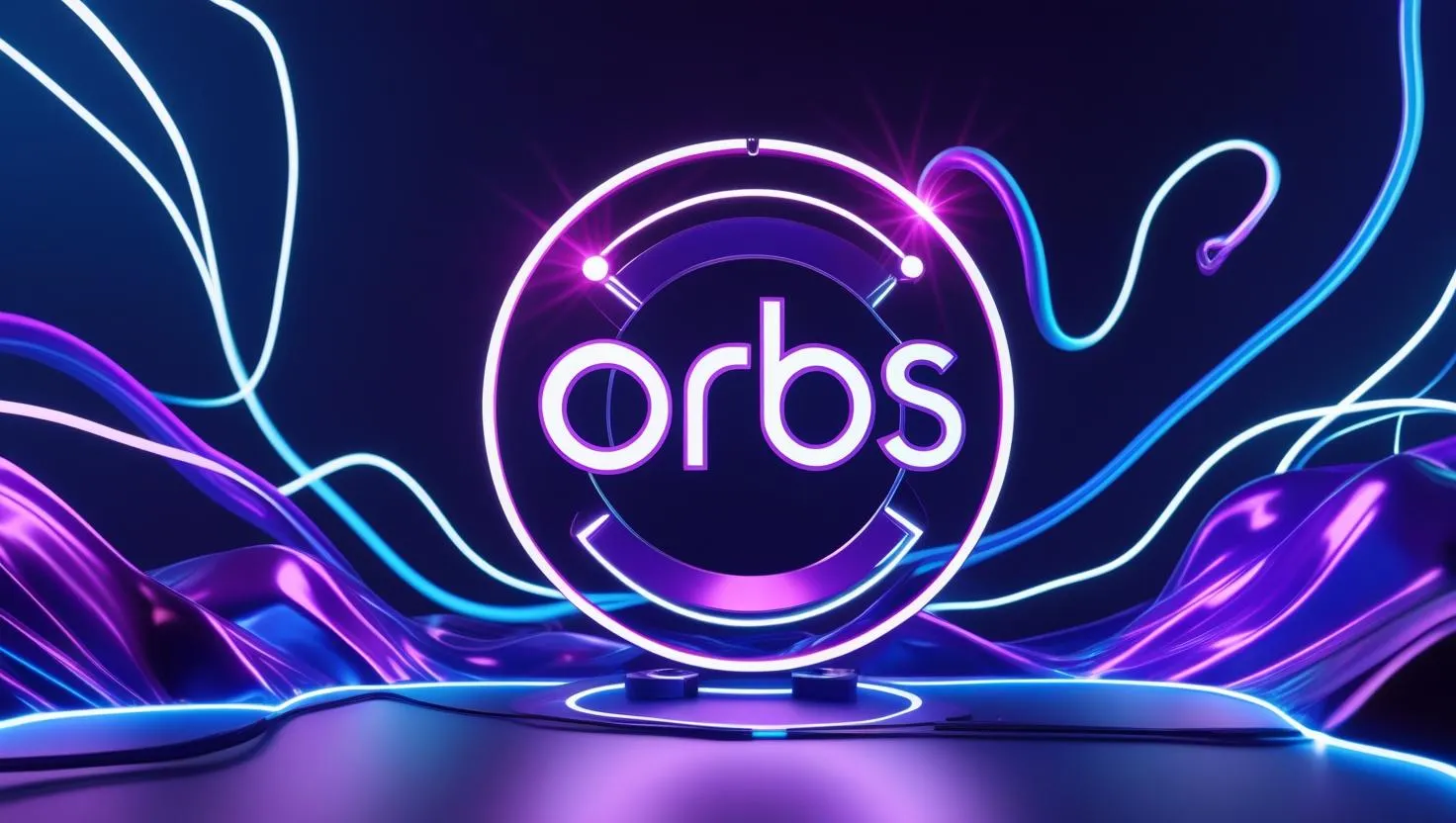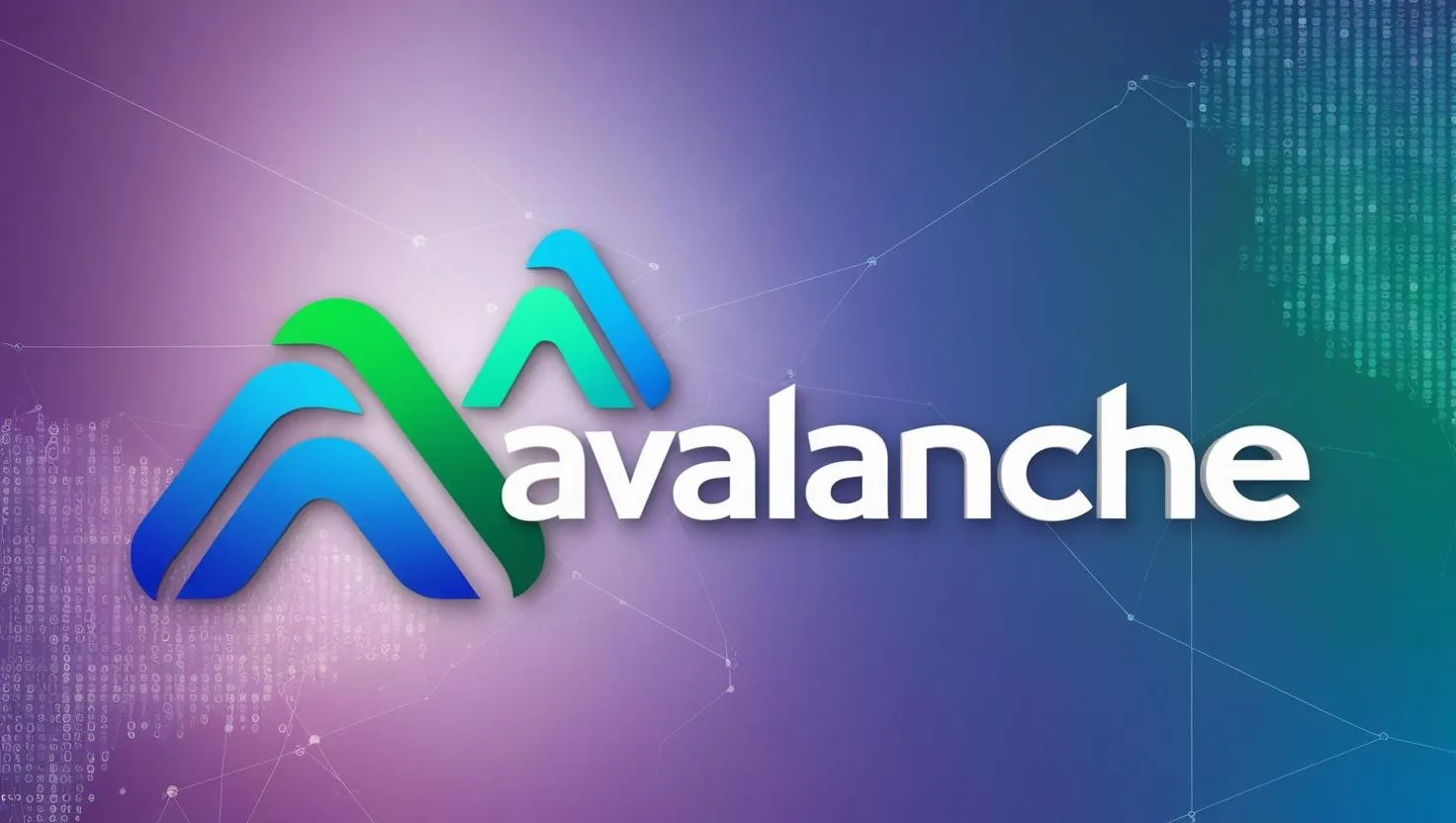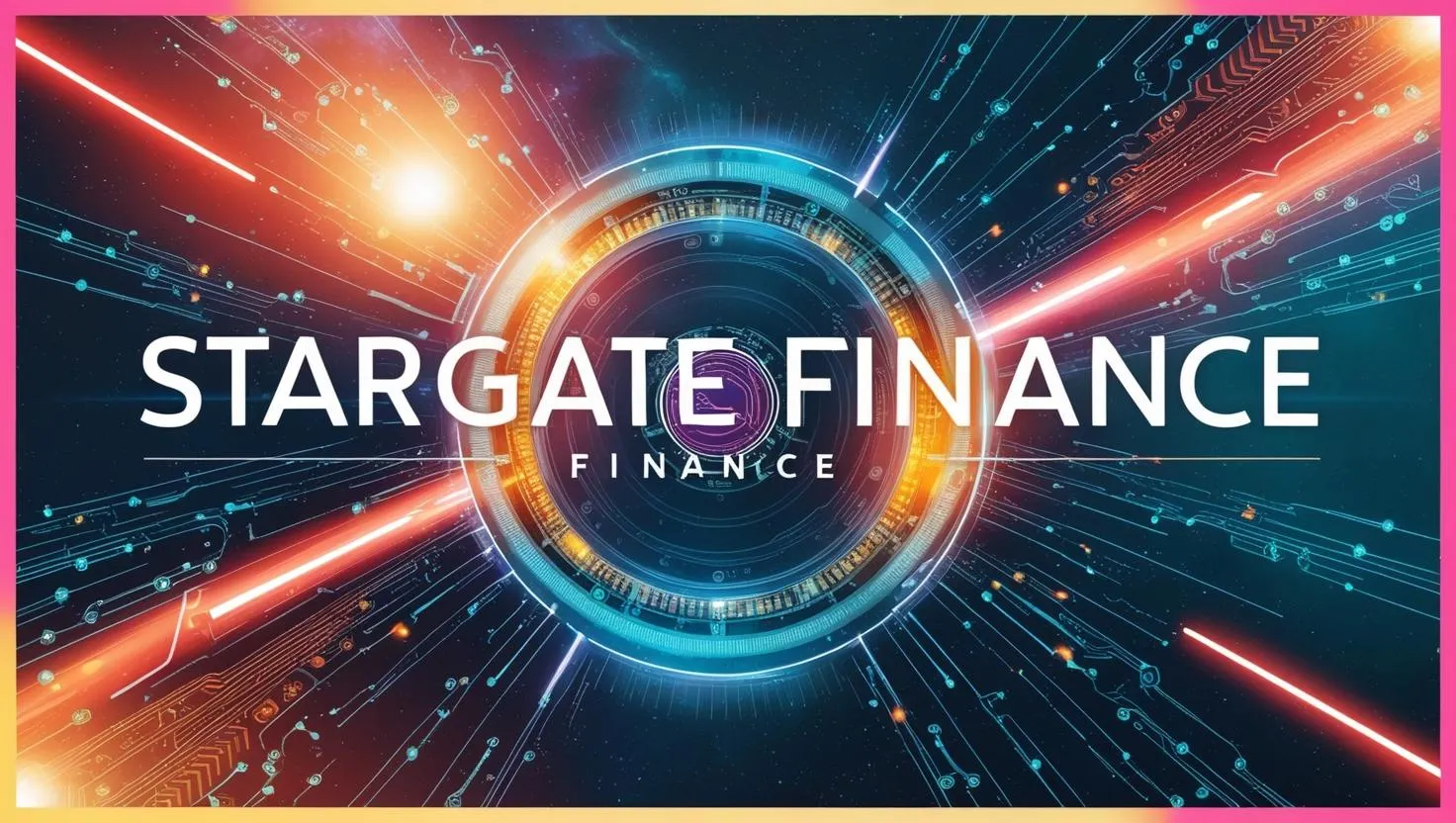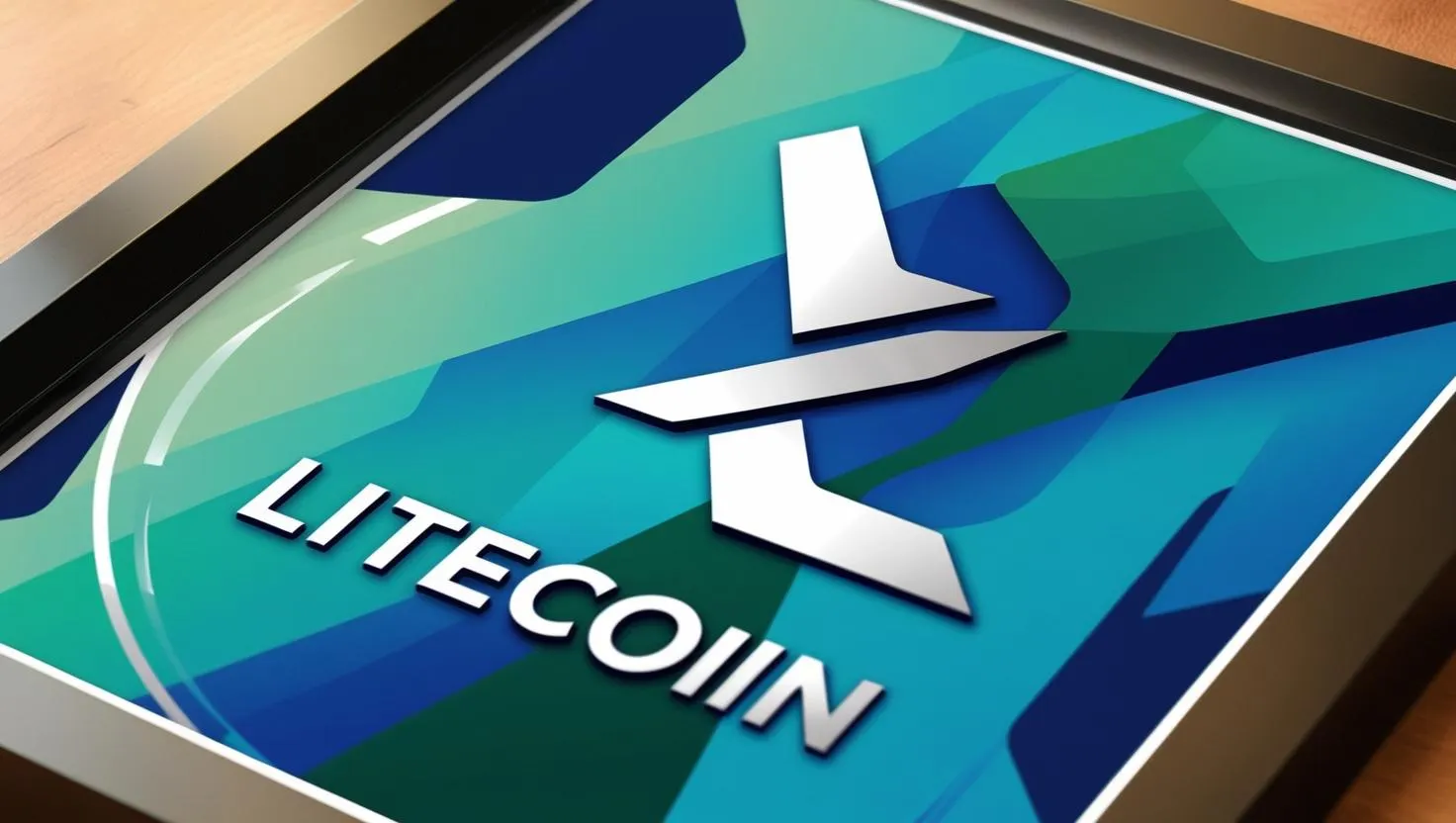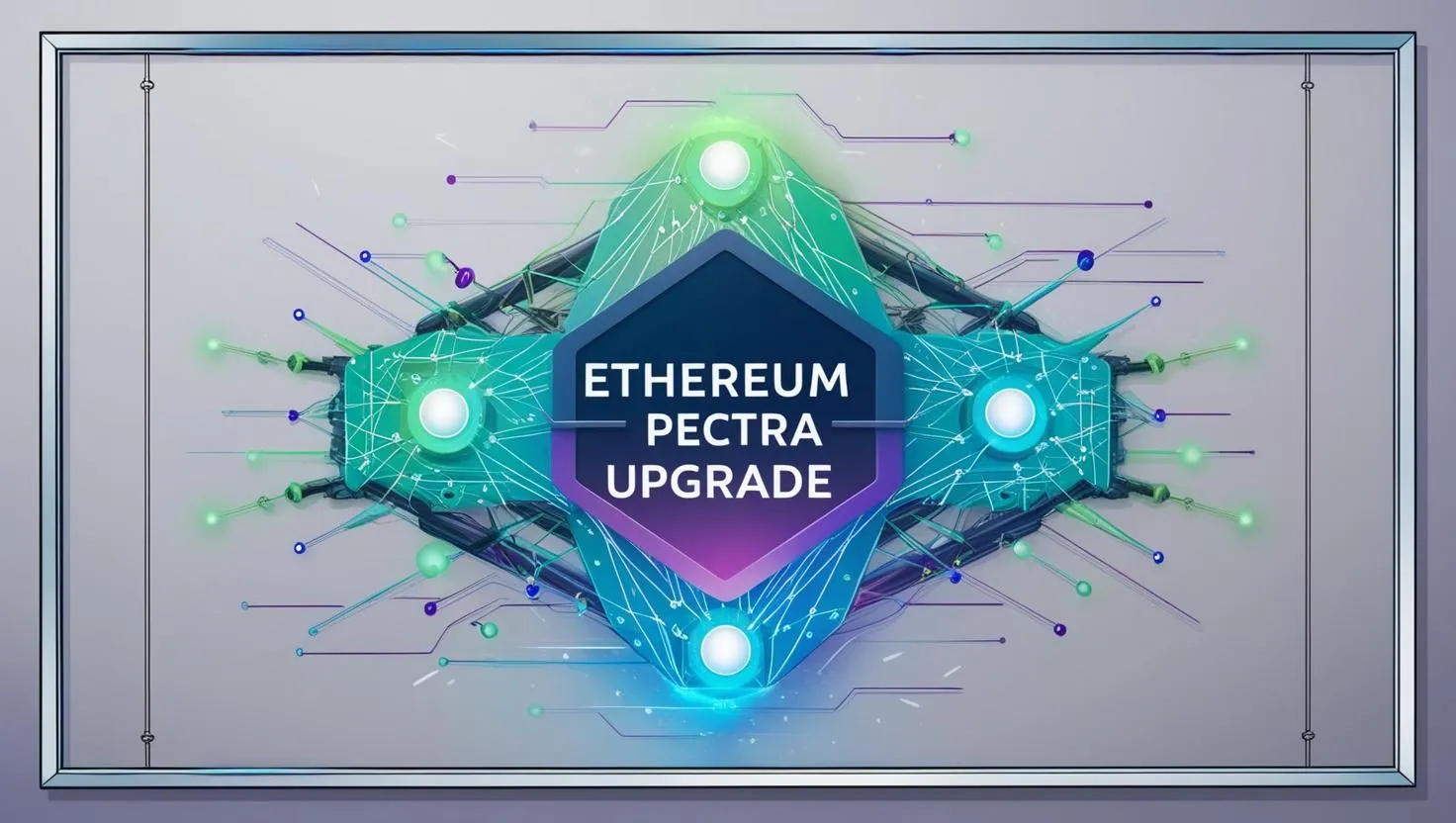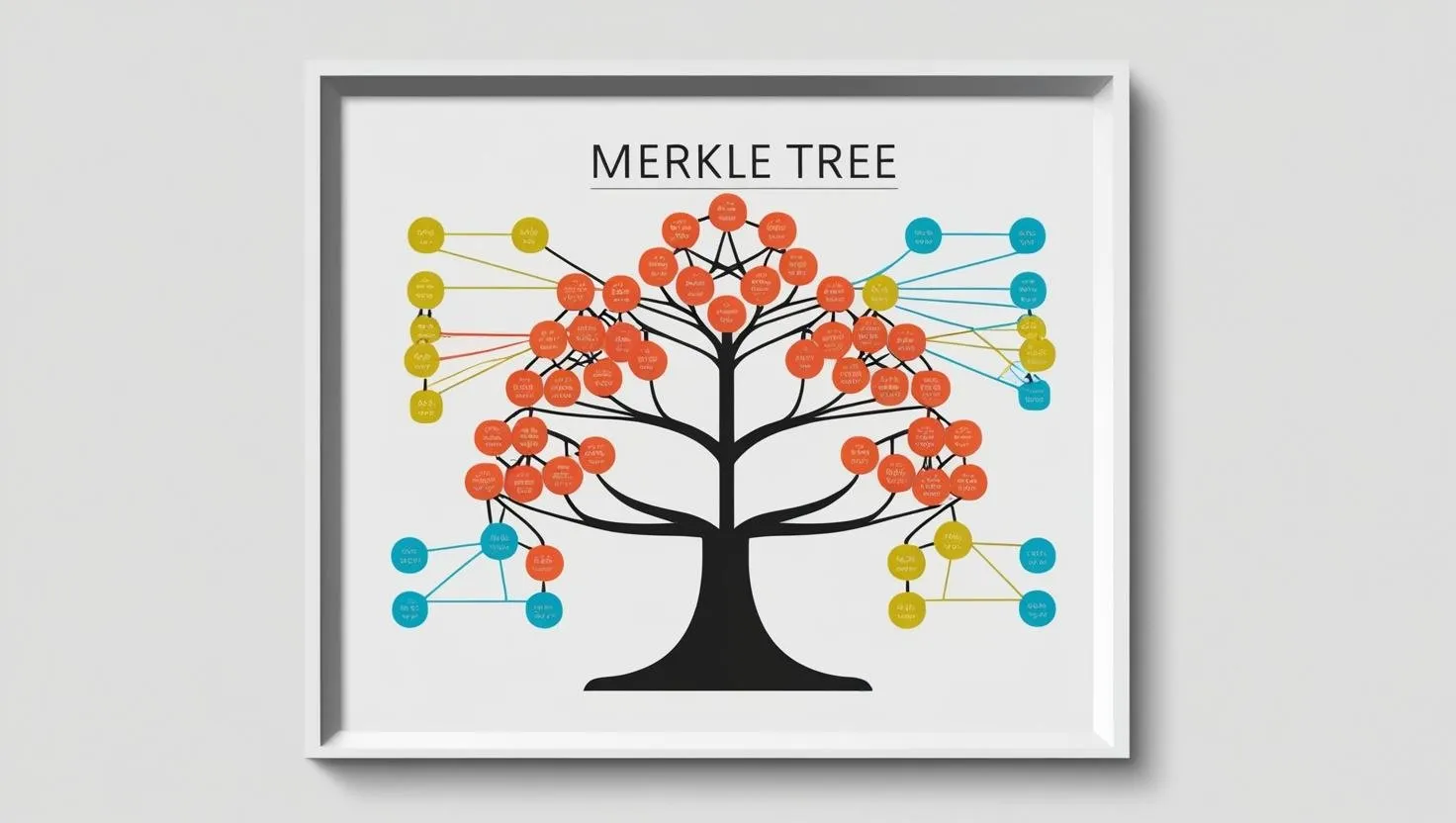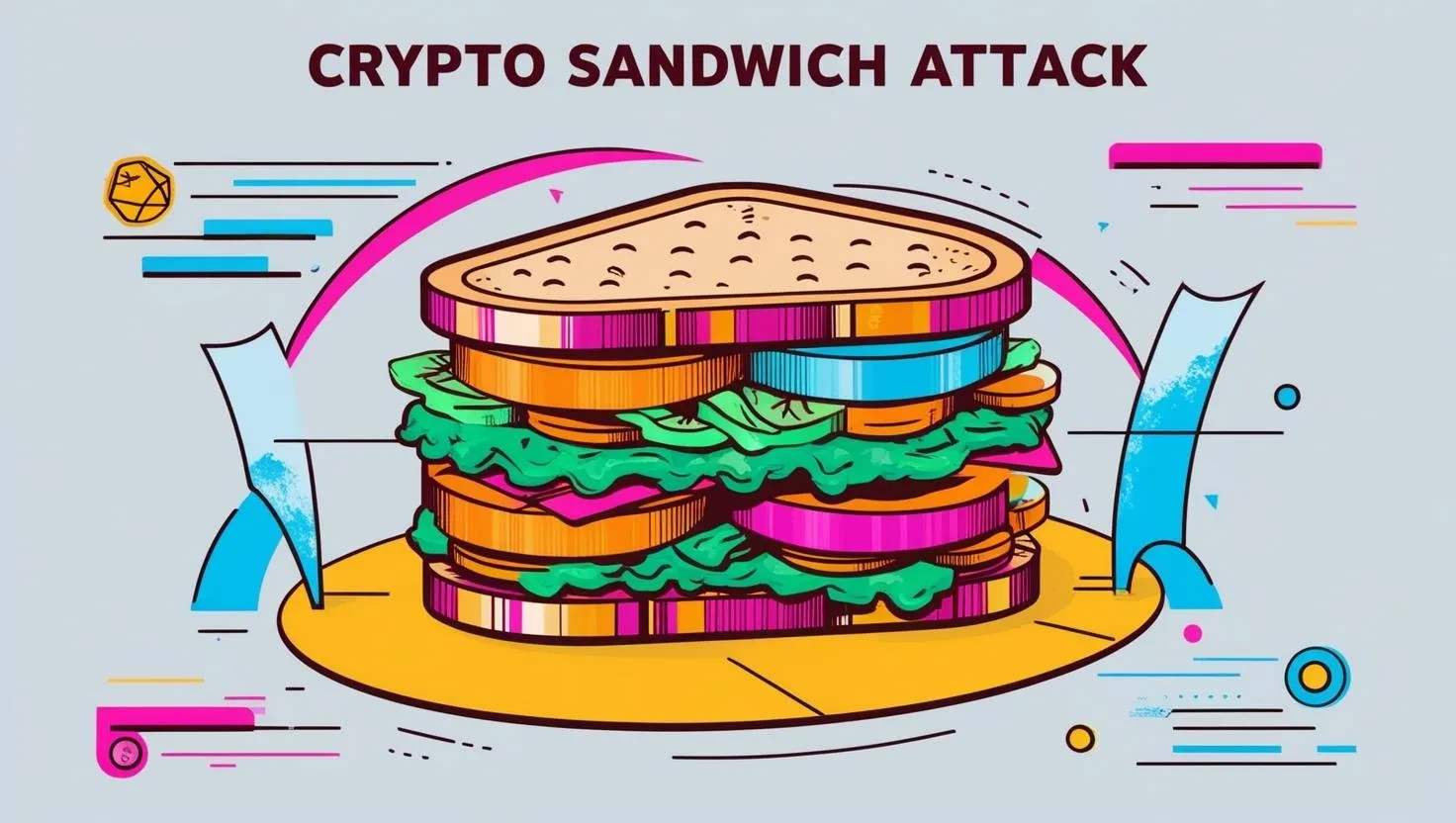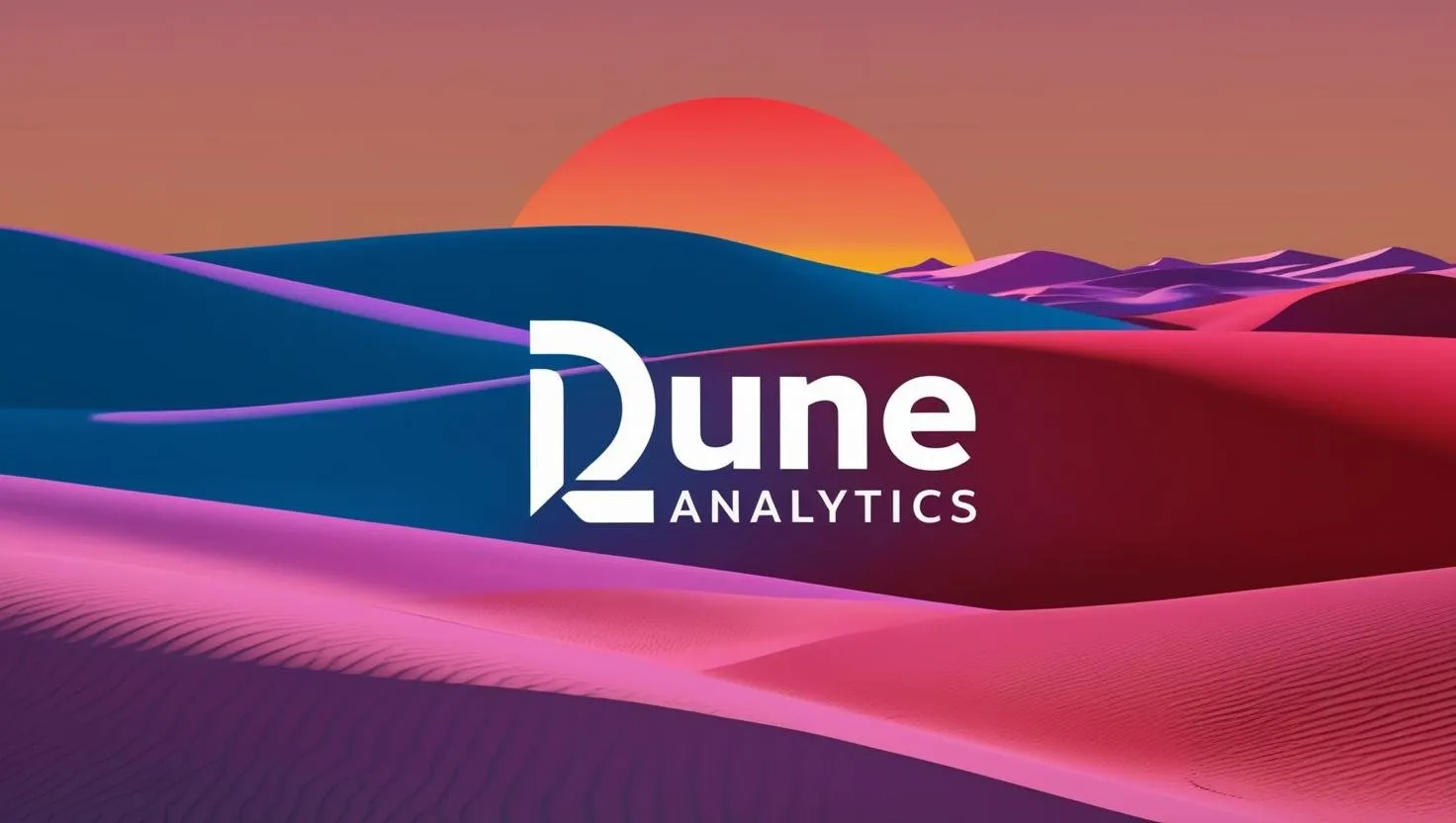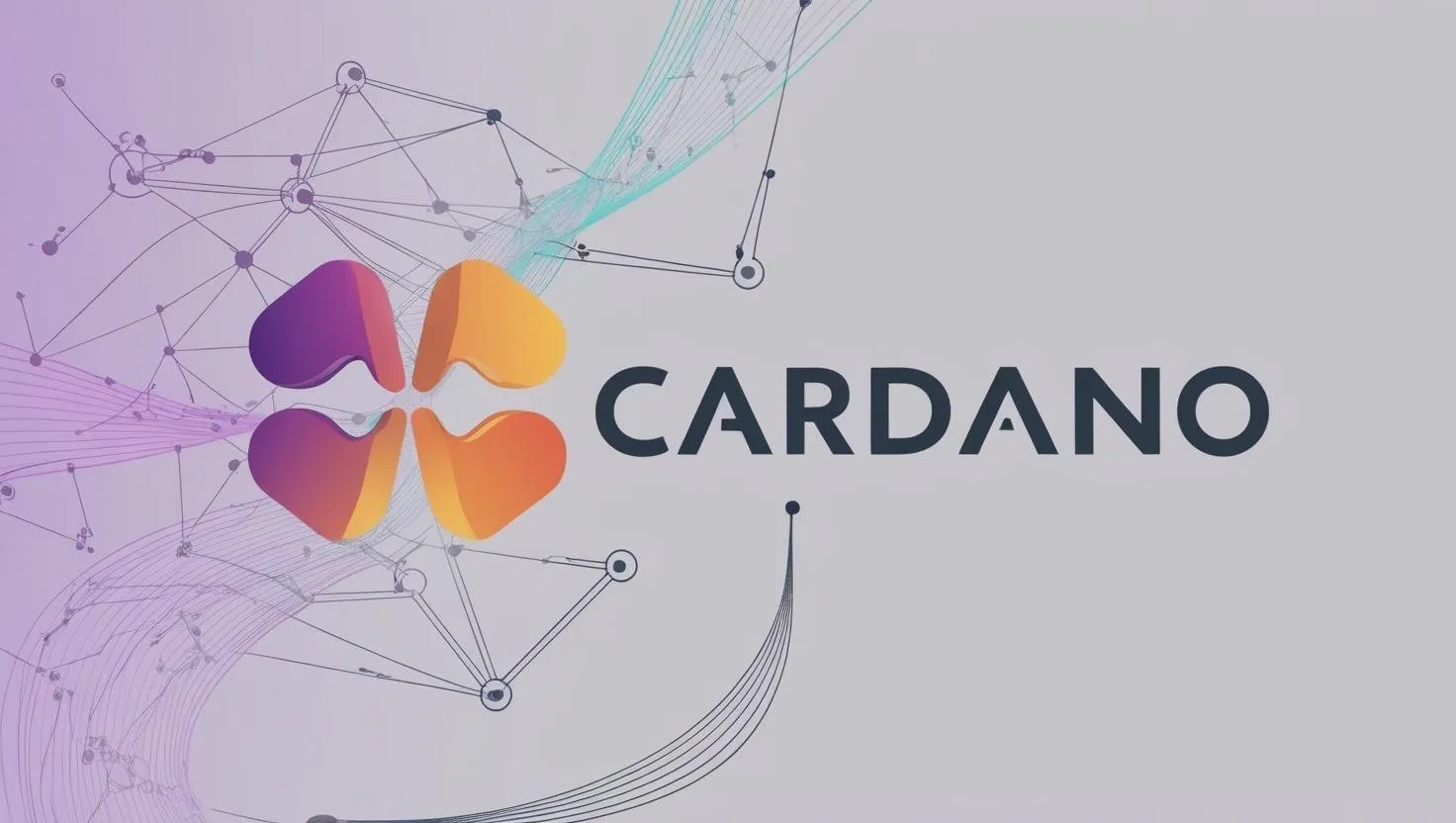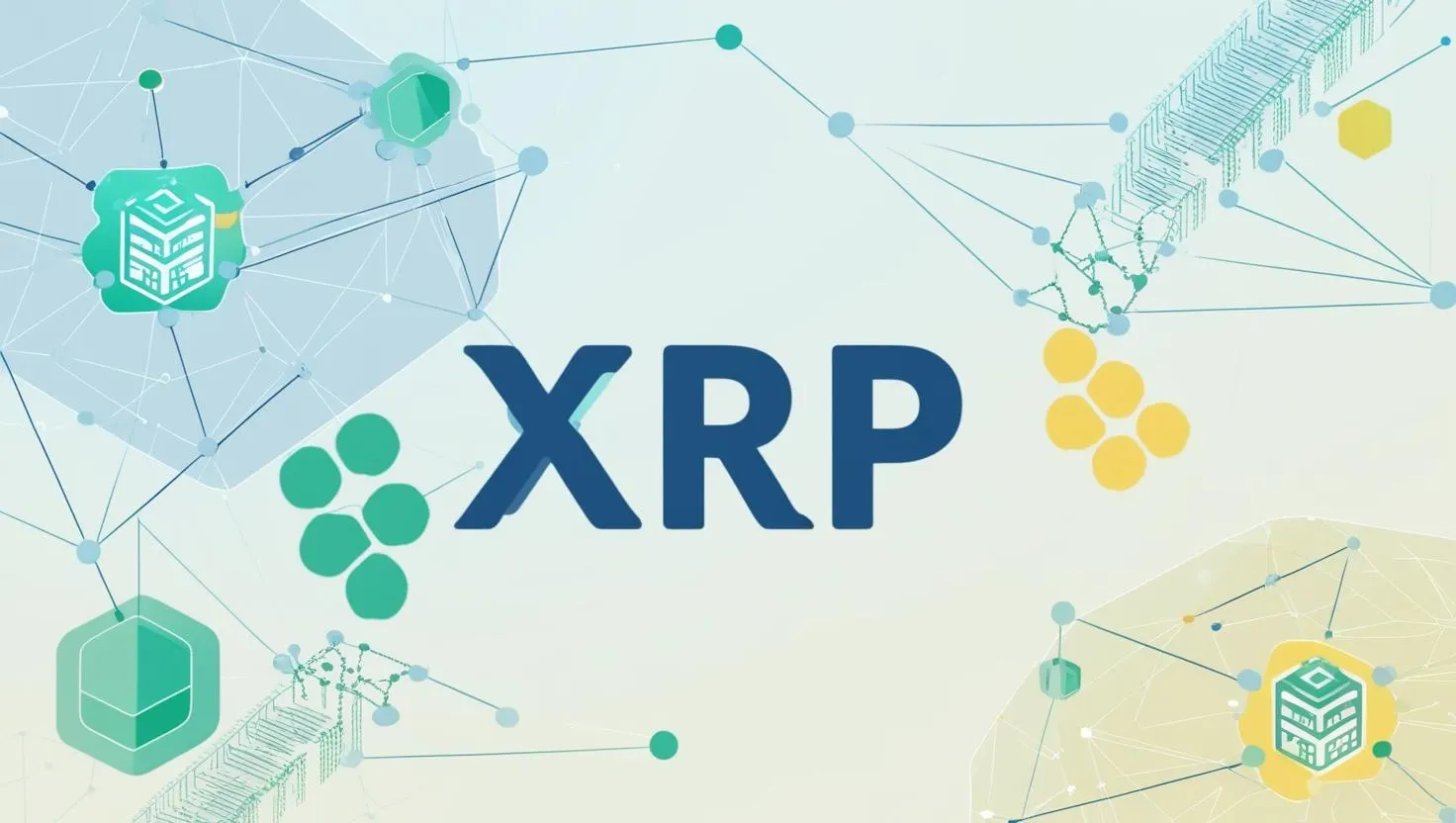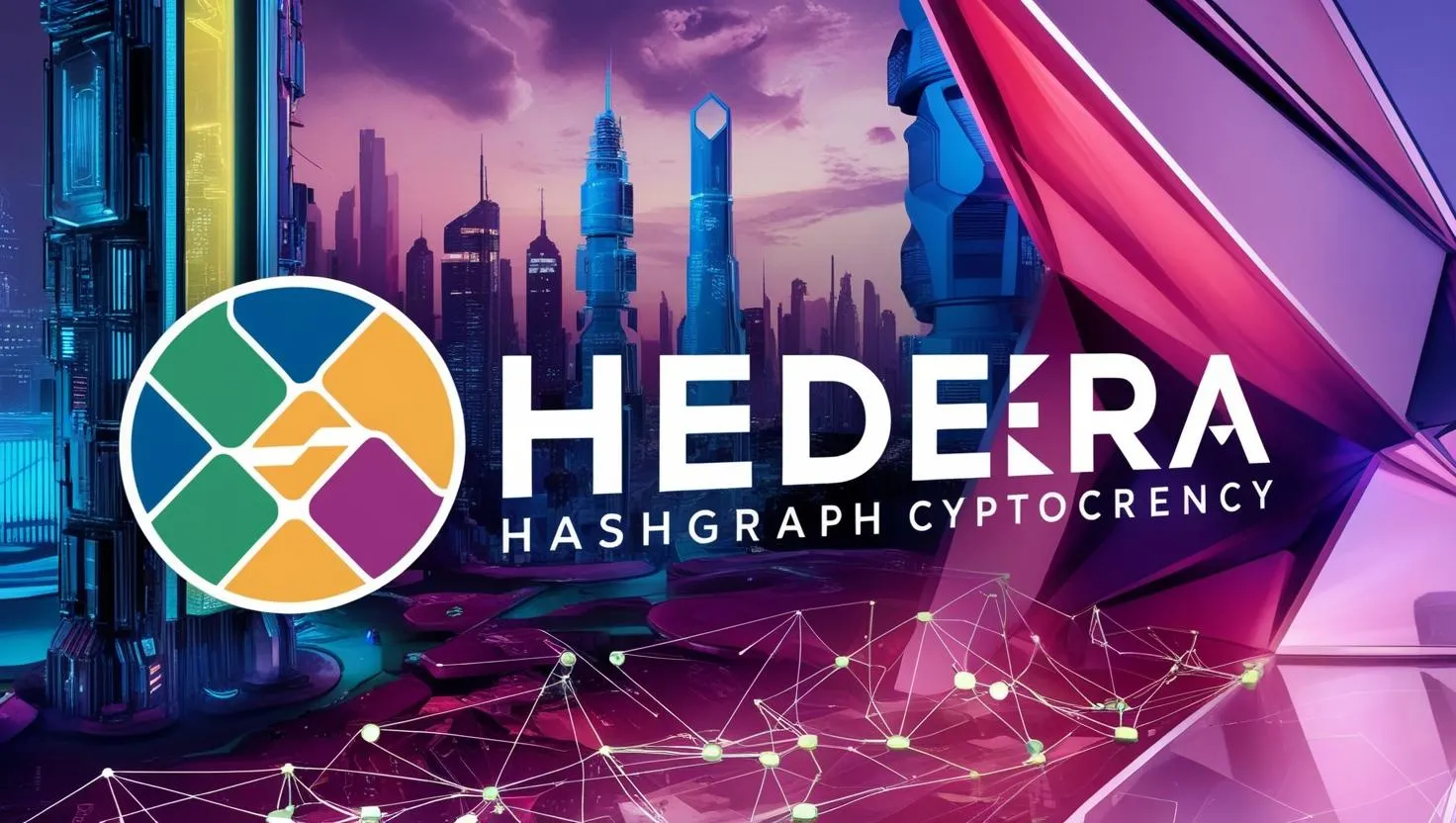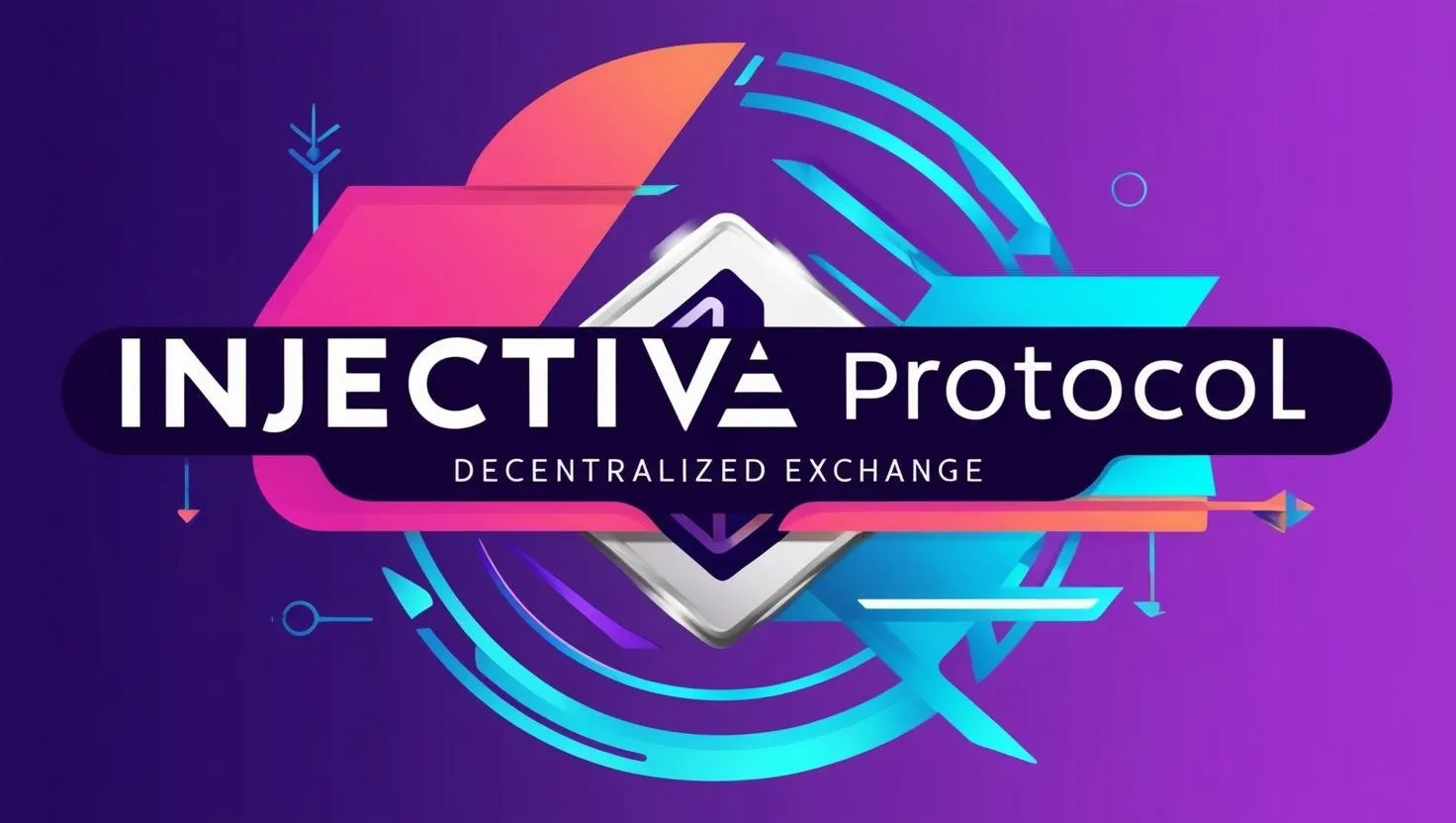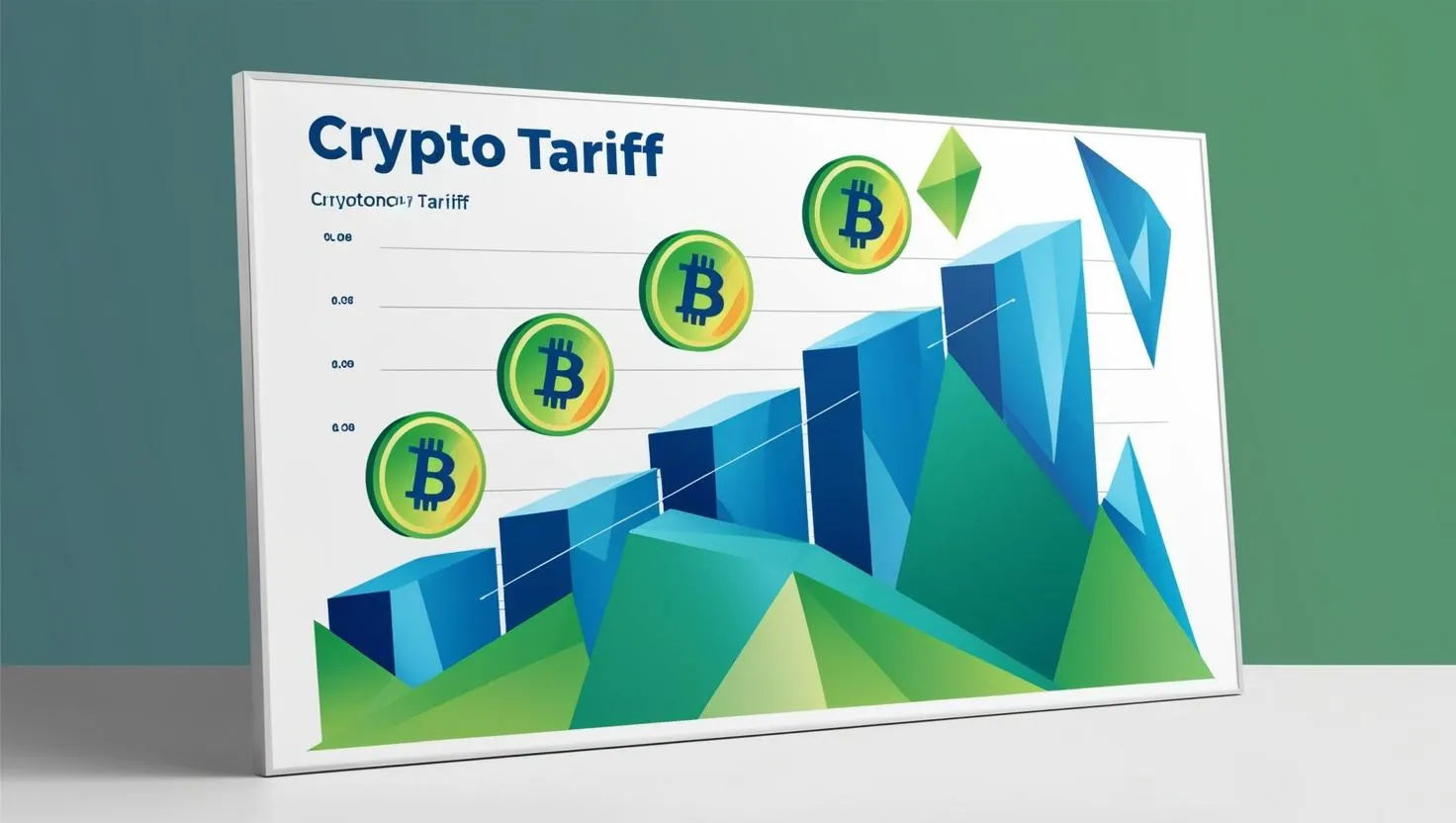Unpacking Ethena Protocol: The Future of Synthetic Dollars and Crypto Native Yield
Ethena Protocol is a decentralized synthetic dollar protocol built on the Ethereum blockchain, designed to provide a crypto-native alternative to traditional stablecoins and a globally accessible, dollar-denominated financial instrument.
Launched in 2023 by Ethena Labs, under the leadership of founder Guy Young, Ethena aims to address the limitations of conventional stablecoins—like reliance on centralized banking infrastructure, yield inflation, and vulnerability to censorship—while introducing innovative financial tools for the decentralized finance (DeFi) ecosystem.
At its core, Ethena offers two key components: the USDe synthetic dollar and the "Internet Bond," a yield-bearing savings instrument. Below is a detailed explanation of how Ethena works, its mechanisms, features, and associated risks.
Core Concept: USDe Synthetic Dollar
USDe is Ethena’s flagship product, a synthetic stablecoin pegged to the US dollar at a 1:1 ratio. Unlike traditional stablecoins such as USDT or USDC, which are backed by fiat reserves held in banks, USDe is fully backed by cryptocurrency assets—primarily Ethereum (ETH) and its liquid staking derivatives (e.g., stETH)—and stabilized through a strategy known as delta hedging. This makes USDe a "crypto-native" solution, meaning it operates independently of traditional financial (TradFi) systems, enhancing its censorship resistance and decentralization.
How USDe Maintains Stability
The stability of the US dollar’s peg is achieved through a delta-neutral hedging strategy:
- Collateral Backing: Users mint USDe by depositing assets like ETH or liquid staking tokens (LSTs) such as stETH into the Ethena protocol. These assets serve as collateral.
- Delta Hedging: To counteract the volatility of ETH, Ethena opens short positions in ETH perpetual futures or derivatives on centralized exchanges. These short positions are sized to match the dollar value of the deposited collateral (1:1, without leverage). If ETH’s price rises, the collateral’s value increases, but the short position loses value, balancing the net exposure. Conversely, if ETH’s price falls, the short position gains value, offsetting the collateral’s decline. This creates a "delta-neutral" position, where the overall portfolio value remains stable relative to the dollar.
- Liquid Stablecoins: In addition to ETH-based assets, Ethena incorporates liquid stablecoins like USDC or USDT into its backing. These enhance efficiency in hedging and act as a buffer during bear markets when funding rates (explained below) may be less favorable.
USDe is an ERC-20 token, fully composable across centralized finance (CeFi) and DeFi ecosystems, meaning it can be used in lending protocols, decentralized exchanges (DEXs), or as a medium of exchange.
Minting and Redemption
- Minting USDe: Users deposit accepted collateral (e.g., ETH, stETH) into Ethena’s smart contracts. The protocol then mints an equivalent amount of USDe, subject to slippage and execution fees. Simultaneously, Ethena opens the corresponding short positions on derivatives exchanges.
- Redeeming USDe: Users burn USDe to reclaim their collateral. The protocol closes the short positions and returns the underlying assets (e.g., ETH or LSTs), adjusted for any accrued rewards or losses.
The Internet Bond: sUSDe
The second pillar of Ethena is the "Internet Bond," represented by staked USDe (sUSDe), a yield-generating instrument akin to a digital savings bond. Users can stake their USDe in Ethena’s smart contracts to receive sUSDe, which accrues value over time based on protocol-generated revenue. This makes sUSDe a unique crypto-native savings tool, offering returns without relying on TradFi infrastructure.
How sUSDe Generates Yield
Ethena’s protocol revenue comes from two primary, sustainable sources:
- Ethereum Staking Rewards: When users deposit liquid staking tokens like stETH, the protocol earns staking rewards from the Ethereum network (currently around 3-4% annually). These rewards stem from Ethereum’s proof-of-stake consensus layer (inflationary rewards), execution layer fees, and MEV (maximal extractable value) capture.
- Derivatives Funding Rates and Basis Spread: The short positions in perpetual futures contracts often earn funding rates—payments made by long-position holders to short-position holders when market demand for leverage is high. Historically, funding rates for ETH have been positive, averaging 9-13% annually (e.g., 16% in 2021, 0.6% in 2022, 9% in 2023, and 13% in 2024, per Ethena’s documentation). Additionally, the basis spread from dated futures contracts contributes to revenue.
The protocol distributes a portion of this revenue (net of reserves) to USDC holders. Unlike traditional yield farming, Ethena does not rehypothecate or lend out staked USDe; the yield is inherent to the backing and hedging mechanics. The value of sUSDe increases over time, and when users unstake, they receive their original USDe plus accrued rewards.
Key Features
- Scalability: USDe can scale without requiring excessive over-collateralization, thanks to its delta-hedging approach, which efficiently manages collateral volatility.
- Censorship Resistance: By relying on crypto assets and on-chain custody (via audited smart contracts and regulated custodians), USDe avoids TradFi dependencies, making it resistant to regulatory overreach or banking failures.
- Transparency: Collateral is held in auditable smart contracts and off-exchange custody solutions, reducing counterparty risk compared to keeping assets directly on exchanges.
- Accessibility: The Internet Bond (sUSDe) provides a globally accessible savings tool, similar to U.S. Treasury bonds but built for the crypto ecosystem.
ENA Token and Governance
Ethena introduced its native governance token, ENA, in April 2024. With a total supply of 15 billion tokens, ENA allows holders to participate in protocol governance, including decisions on risk management, collateral composition, and ecosystem partnerships. A portion of ENA is allocated to core contributors, investors, and ecosystem development, with vesting schedules to align long-term incentives. ENA also supports staking for rewards and incentivizes liquidity provision.
Infrastructure and Security
- Off-Exchange Custody: Ethena uses regulated custodians and multi-party computation (MPC) wallet providers to store collateral off-exchange, minimizing risks like exchange failures (e.g., FTX). This ensures funds remain accessible for minting and redemption even if an exchange falters.
- Whitelisting and KYC: Direct minting and redemption of USDe require KYC/KYB checks for approved market makers, though USDe can be acquired permissionlessly via external liquidity pools (e.g., Uniswap).
Risks
While innovative, Ethena carries several risks:
- Funding Rate Risk: If funding rates turn persistently negative (e.g., during a prolonged bear market), Ethena would pay to maintain short positions, potentially depleting its ~$50M reserve fund. Historical data suggests this is rare, but it remains a concern.
- Liquidity Risk: Large-scale redemptions could strain Ethena’s ability to unwind derivatives and spot positions, especially if it grows to dominate open interest in ETH futures. This could lead to slippage or delays.
- Custodial Risk: Reliance on custodians introduces a point of failure if they experience breaches or insolvency, though off-exchange custody mitigates some exchange-specific risks.
- Collateral Volatility: Extreme ETH price swings could challenge the delta-hedging strategy, risking under-collateralization or liquidation cascades.
- Exchange Failure: While funds are held off-exchange, disruptions in derivatives exchanges could complicate hedging operations.
Comparison to Other Stablecoins
Unlike Terra’s UST, which relied on an algorithmic mint/burn mechanism tied to LUNA and collapsed when LUNA’s value plummeted, USDe is backed by real assets and hedged positions. It avoids the "death spiral" risk of uncollateralized stablecoins but introduces complexity and dependency on derivatives markets, distinguishing it from fiat-backed options like USDC.
Conclusion
Ethena Protocol represents a bold evolution in DeFi, blending stability, yield, and decentralization through its USDe synthetic dollar and sUSDe Internet Bond. By leveraging Ethereum’s staking ecosystem and derivatives markets, it offers a scalable, censorship-resistant alternative to traditional stablecoins, with over $2.5 billion in total value locked as of late 2024. However, its reliance on external market dynamics (e.g., funding rates) and centralized custodians introduces risks that users must weigh. For those seeking a crypto-native financial tool with attractive yields, Ethena provides a compelling option, though it’s untested in severe market downturns, making due diligence essential.

